Although there are thousands of different motors available on the market and dozens if not hundreds of motor manufacturers, selecting a good motor for our auto door for chicken coop has been quite a challenge. Over the past 5 years, we have used 2 different motors in our automatic chicken doors.
The first motor we used in manufacturing our automatic doors for chicken coops was similar to the type of motor used in record players. We found that this type of motor had enough torque, operated within the required voltage range and used little power (about 150 milliamps), but the RPMs were about half of what we considered ideal.
In 2015, we switched to a motor which fit our requirements very well. It had the speed, torque, operating voltage and current consumption all within our requirement range. The only issue was that the motors were in limited supply and were no longer being manufactured, so it was imperative that we source a replacement.
The challenge in selecting a good motor to operate an auto chicken door comes down to a few basic requirements:
- Operates with 6 to 24 volts DC
- DC current consumption less than 600 milliamps
- High torque (at least 2-inch pounds of force)
- Approximately 100 RPMs (revolutions / minute)
Our search for a new motor took well over a year. We purchased and tested numerous motors. The motors we tested were within the operating voltage range and speed (RPM) requirements but failed to meet our current consumption and/or torque requirements.
In the summer of 2019, we finally came across a motor that fulfilled all of our requirements. Not only that, the torque was higher and power consumption lower than the motor currently being used in manufacturing our automatic chicken doors. Below are a few technical specifications comparing the two motors (old vs. new):
|
Technical Specification |
Old Motor |
New Motor |
|
Operating Voltage (Volts DC) |
9 - 24 |
6 - 24 |
|
No Load Current (milliamps) |
250 |
40 |
|
Average Load Current (milliamps) |
300 |
150 |
|
Speed (RPMs) @ 12 Volts |
90 |
75 |
|
Torque |
2.5 in -lbs. |
4.8 in-lbs. |
|
Max. Stall Current (Amps) |
1.5 |
1.3 |
|
Drive Force (lbs.)* |
25 |
37 |
|
*Drive Force is amount of force the motor can generate when connected to the worm/screw drive of the door. |
||
We had a motor mount plate manufactured which would allow the new motor to be retrofitted into our older model automatic chicken doors as well as install into our new doors without any changes to the cabinet manufacturing designs.
Next, we thoroughly tested the motor under extreme operating conditions:
- Programmatically opened and closed the door to simulate several years of operation. This tested the long-term durability of the motor.
- Force motor into deadlock by blocking the bottom of the door so that it could not close completely. This tested the motor in conjunction with the door controller electronics to ensure that the extra current requirement of a deadlocked motor did not damage the motor or door controller electronics
We’re happy to report that the new motor passed our extreme condition testing with flying colors and are now being used on all of our chicken coop automatic door models as of January 1, 2020.


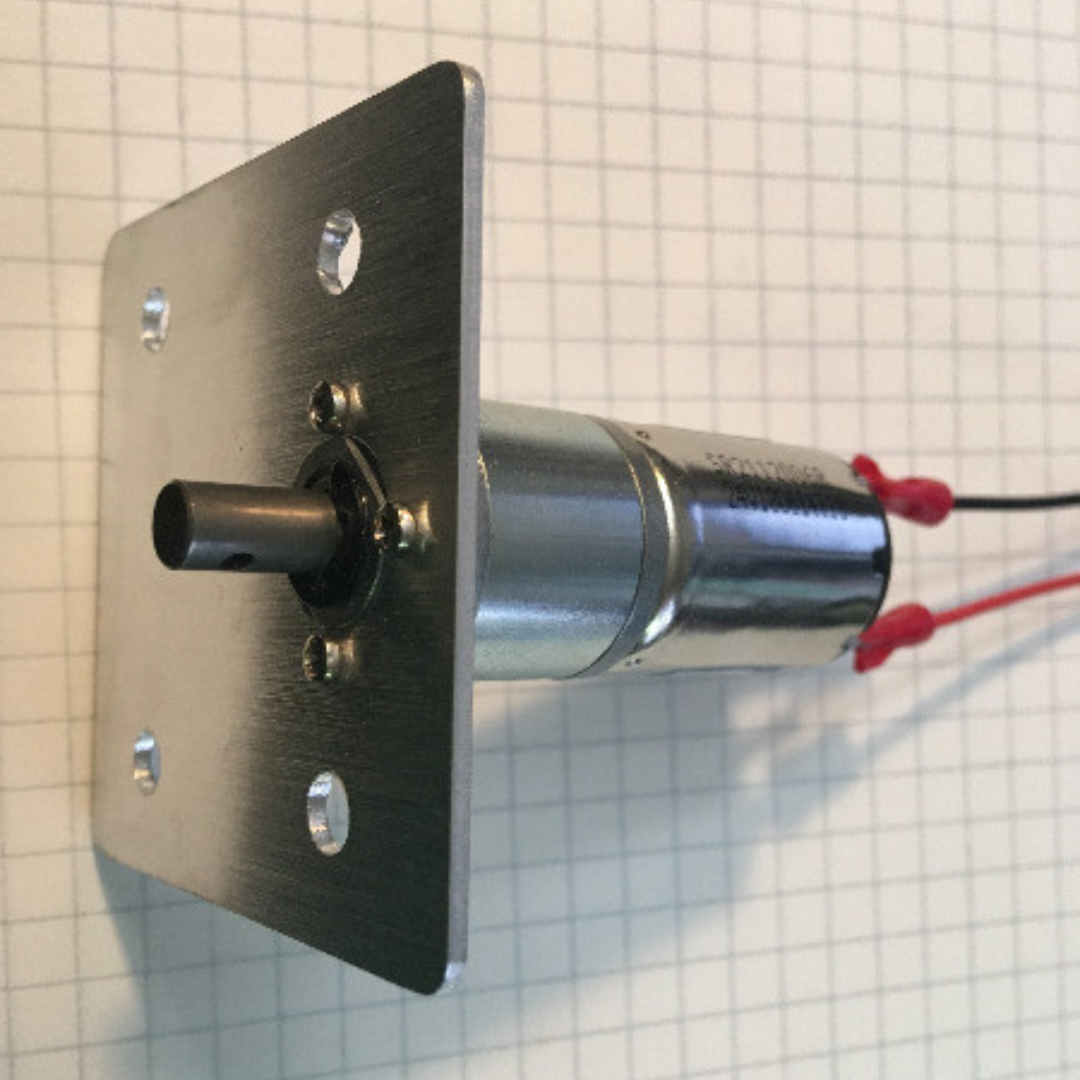
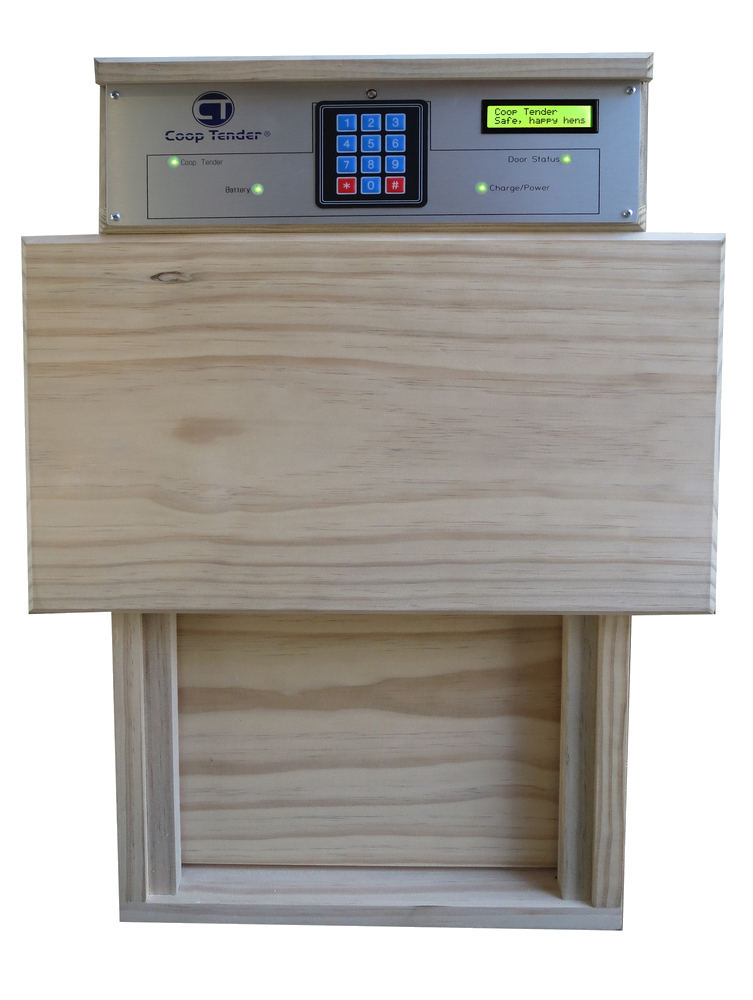
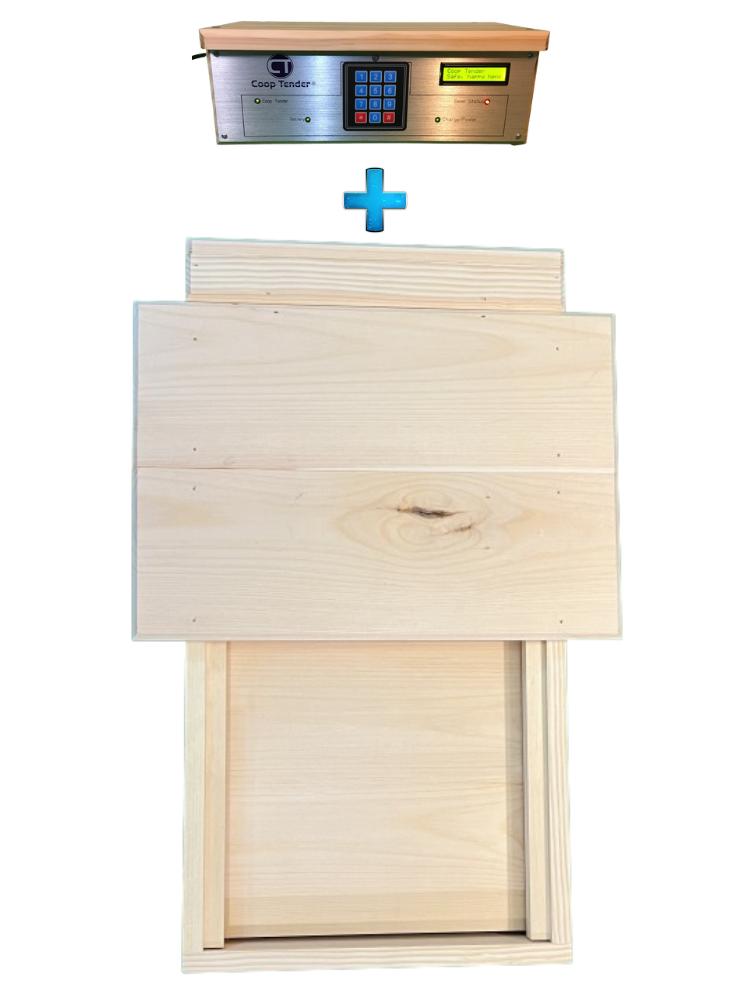
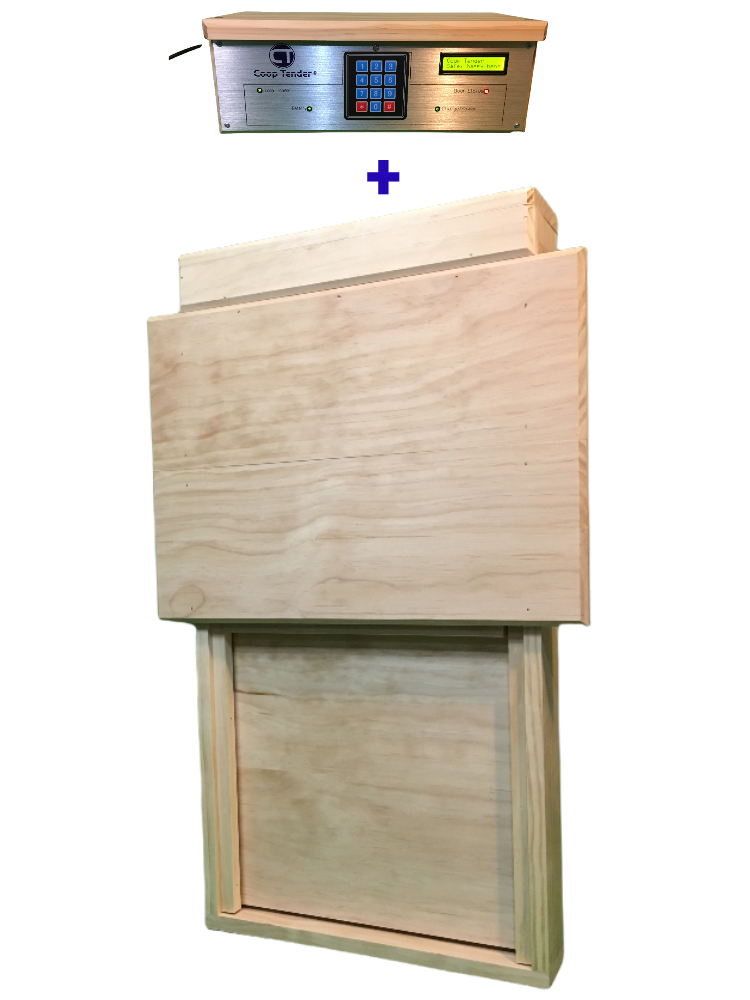
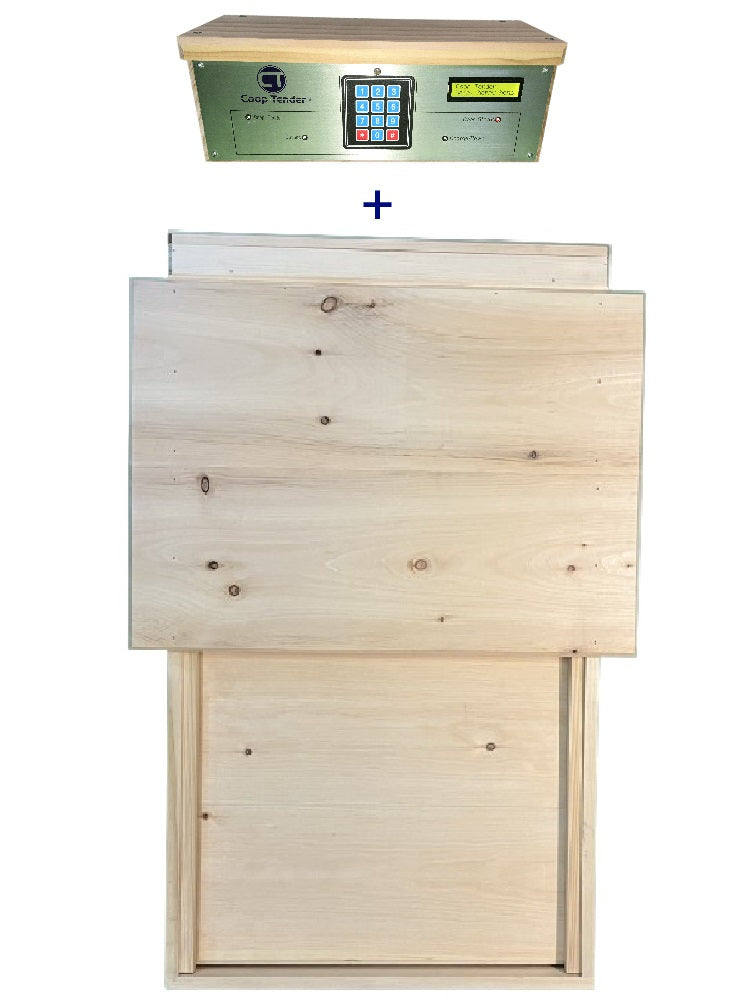
Leave a comment